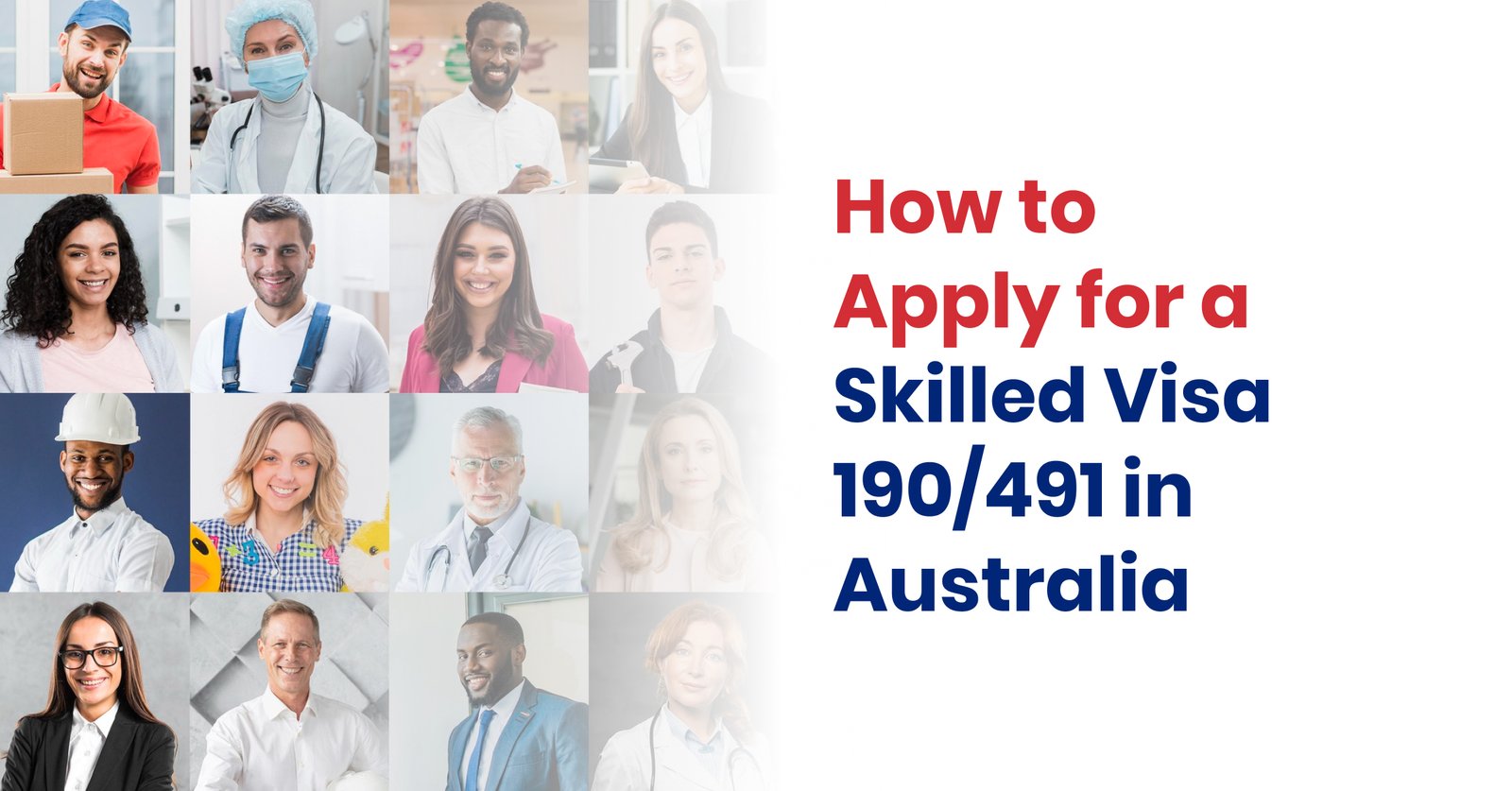Everything You Need to Know About the Permanent Partner Visa 801 in Australia

When it comes to joining your partner in Australia permanently, the Permanent Partner Visa (subclass 801) is a crucial step in the journey. This visa allows the partner or spouse of an Australian citizen, permanent resident, or eligible New Zealand citizen to live in Australia indefinitely. In this detailed guide, A Class Immigration and Education Consultants will help you understand everything about the Permanent Partner Visa 801, its requirements, benefits, and the application process.
What is the Permanent Partner Visa 801?
The Permanent Partner Visa (subclass 801) is designed for the partners or spouses of Australian citizens, permanent residents, or eligible New Zealand citizens who wish to live in Australia permanently. This visa is the second stage of the Partner Visa process, following the temporary Partner Visa (subclass 820).
Once granted, the 801 visa allows you to stay in Australia indefinitely, work and study without restrictions, enroll in Medicare, and eventually apply for Australian citizenship.
Key Benefits of the Permanent Partner Visa 801
The Permanent Partner Visa 801 offers numerous advantages, making it an attractive option for those looking to settle in Australia with their partners:
- Permanent Residency: Live in Australia indefinitely.
- Work and Study: Full work and study rights.
- Healthcare: Access to Australia’s public healthcare system, Medicare.
- Family Sponsorship: Ability to sponsor eligible relatives for permanent residency.
- Social Security: Access to certain social security payments.
- Citizenship Pathway: Eligibility to apply for Australian citizenship after meeting residency requirements.
Eligibility Requirements
To be eligible for the Permanent Partner Visa 801, you must first hold a temporary Partner Visa (subclass 820). Additionally, several criteria need to be met:
Relationship Requirements
- Married or De Facto: You must be legally married or in a de facto relationship with your partner. De facto relationships require proof of living together for at least 12 months.
- Commitment: Demonstrate a genuine and continuing relationship with your partner.
- Shared Life: Provide evidence of a shared life, including joint financial commitments, household arrangements, social recognition, and the nature of your commitment to each other.
Sponsorship
- Sponsor Eligibility: Your partner must be an Australian citizen, permanent resident, or eligible New Zealand citizen.
- Sponsorship Obligations: Your sponsor must agree to support you financially and provide accommodation for the first two years of your stay in Australia.
Health and Character
- Health Requirements: Meet the necessary health criteria, which may include a medical examination.
- Character Requirements: Provide police clearance certificates to demonstrate good character.
The Application Process
Applying for the Permanent Partner Visa 801 is a multi-step process that requires careful preparation and documentation. Here’s an overview of the steps involved:
Step 1: Apply for the Temporary Partner Visa 820
Before you can apply for the Permanent Partner Visa 801, you must hold the temporary Partner Visa 820. The application for both the 820 and 801 visas is combined, and you will automatically be considered for the 801 visa after a certain period.
Step 2: Wait for Eligibility
You will typically need to wait for 2 years from the date of your 820 visa application to be eligible for the Permanent Partner Visa 801. During this time, you need to continue to meet the relationship and sponsorship requirements.
Step 3: Gather Documentation
Collect the necessary documents to prove your ongoing relationship and shared life. This may include:
- Personal Statements: Statements from both you and your partner about your relationship.
- Financial Evidence: Joint bank account statements, shared financial responsibilities.
- Household Evidence: Proof of living arrangements, joint lease or mortgage documents.
- Social Evidence: Photos, travel itineraries, invitations to social events.
- Commitment Evidence: Proof of long-term plans together, such as wills or life insurance policies.
Step 4: Submit Additional Information
As you approach the eligibility period, the Department of Home Affairs will request additional information and documentation to finalize your 801 visa application.
Step 5: Await Decision
After submitting the required information, you will need to wait for the Department of Home Affairs to process your application. The processing time can vary, so it’s essential to ensure all documentation is complete and accurate to avoid delays.
Common Questions About the Permanent Partner Visa 801
How long does it take to process the Permanent Partner Visa 801?
The processing time for the Permanent Partner Visa 801 can vary, but it generally takes between 12 to 24 months after you become eligible to apply. Factors such as the completeness of your application and the current workload of the Department of Home Affairs can impact this timeline.
Can I travel while my 801 visa application is being processed?
Yes, you can travel in and out of Australia while your 801 visa application is being processed. However, you must hold a Bridging Visa A (BVA) with travel rights or apply for a Bridging Visa B (BVB) if you need to travel overseas.
What happens if my relationship ends before my 801 visa is granted?
If your relationship ends before your Permanent Partner Visa 801 is granted, you must inform the Department of Home Affairs immediately. The visa may be refused if the relationship has ceased unless there are exceptional circumstances, such as domestic violence or the death of your partner.
Can I include my children in my 801 visa application?
Yes, you can include dependent children in your Permanent Partner Visa 801 application. You will need to provide evidence of their dependency and meet health and character requirements for each dependent child.
The Permanent Partner Visa 801 is a significant step towards building a life in Australia with your partner. While the application process can be complex, understanding the requirements and preparing thoroughly can help ensure a smooth transition. A Class Immigration and Education Consultants are here to provide expert guidance and support throughout your visa application journey













